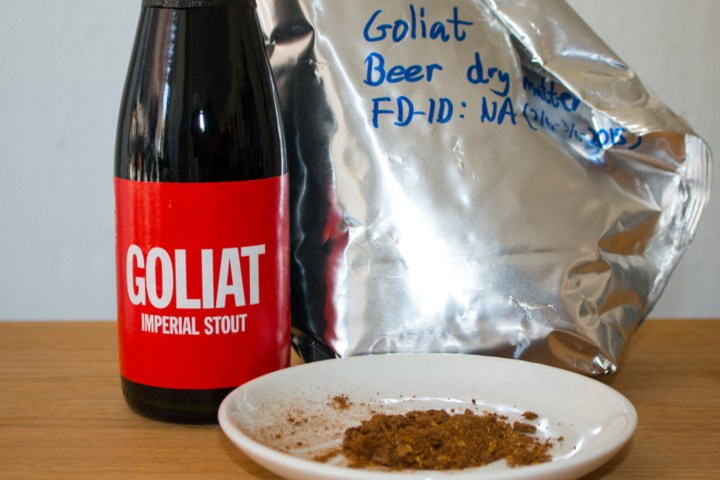
There’s nothing quite like a cold beer on a hot day, or a cold day, or any day really. But in certain settings imbibing isn’t practical — or legal for that matter. How are we meant to quench our thirst when alcohol is forbidden?
Danish gypsy brewery To Øl is out to ease those woes with a powdered craft beer.
“We wanted to be able to provide quality beers in situations which normally isn’t possible due to the natural physics of beer,” a To Øl spokesperson told Digital Trends.
If you’re heading for a hike, packing conventional beers in your backpack simply isn’t practical. Hopping on a flight? Good luck sneaking that bottle of lager through security. To overcome these minor inconveniences, To Øl freeze-dried their beer into packets of powder.
“There’s a vast amount of experiments and documentation in the food science field, where we’re used to seeing freeze dried coffee, fruits, and whatever,” the spokesperson said. “So why not try and bring this process into the field of craft beer?”
To Øl teamed up with a German food processing company to freeze dry four beer styles — a fruity India pale ale (IPA), a hoppy IPA, a dry pilsner, and a “deep beer brewed with coffee.”
During the process the water and alcohol evaporate from the beer completely, so all that’s left in the powder is sugar, proteins, bittering compounds, and aromatic elements. To get the beer back you have to add water and some “original” alcohol, the brewery says.
To Øl has no set plans to release the product to the public market yet though so it isn’t much more than a gimmick. But instant craft beers aren’t the only innovative project in the firm’s repertoire. In collaboration with Copenhagen University and some Danish biotech companies, the brewery is experimenting with various kinds of yeasts and special strains of bacteria to summon unusual flavors from their beverages. Cheers to that!



